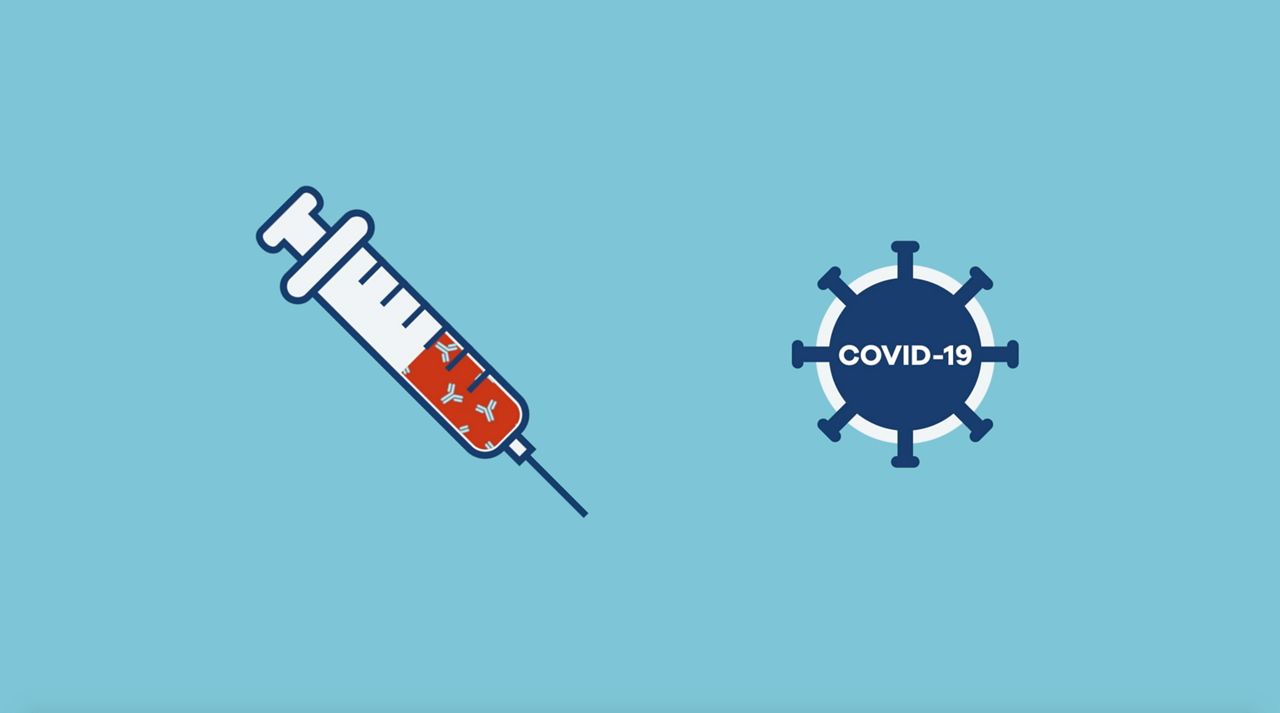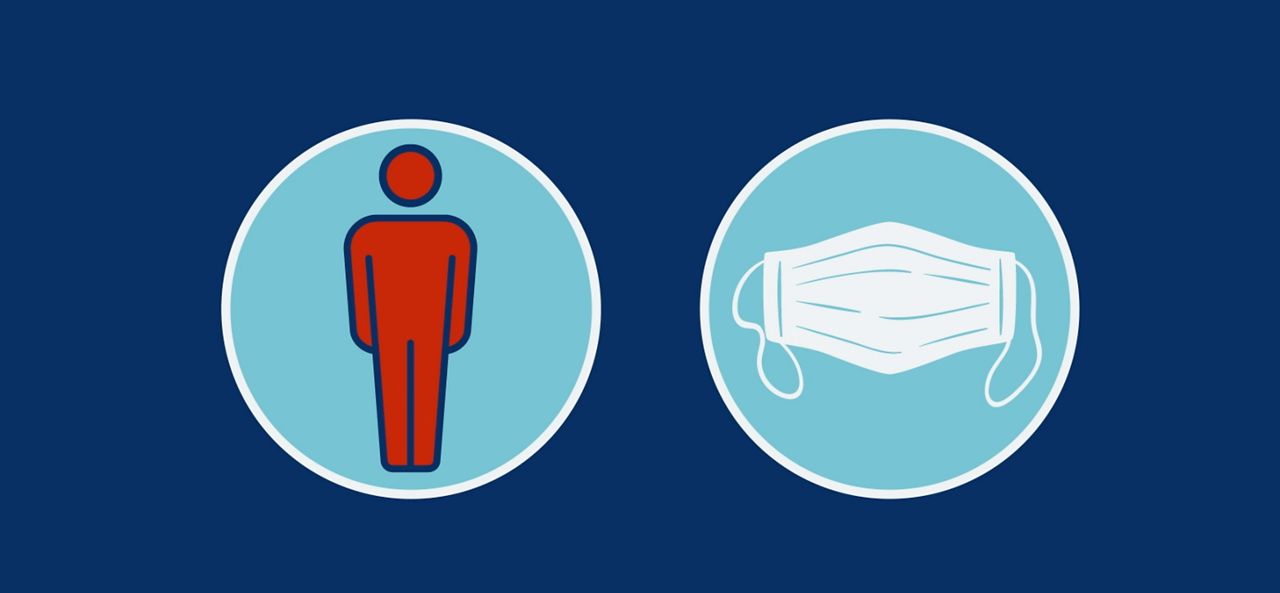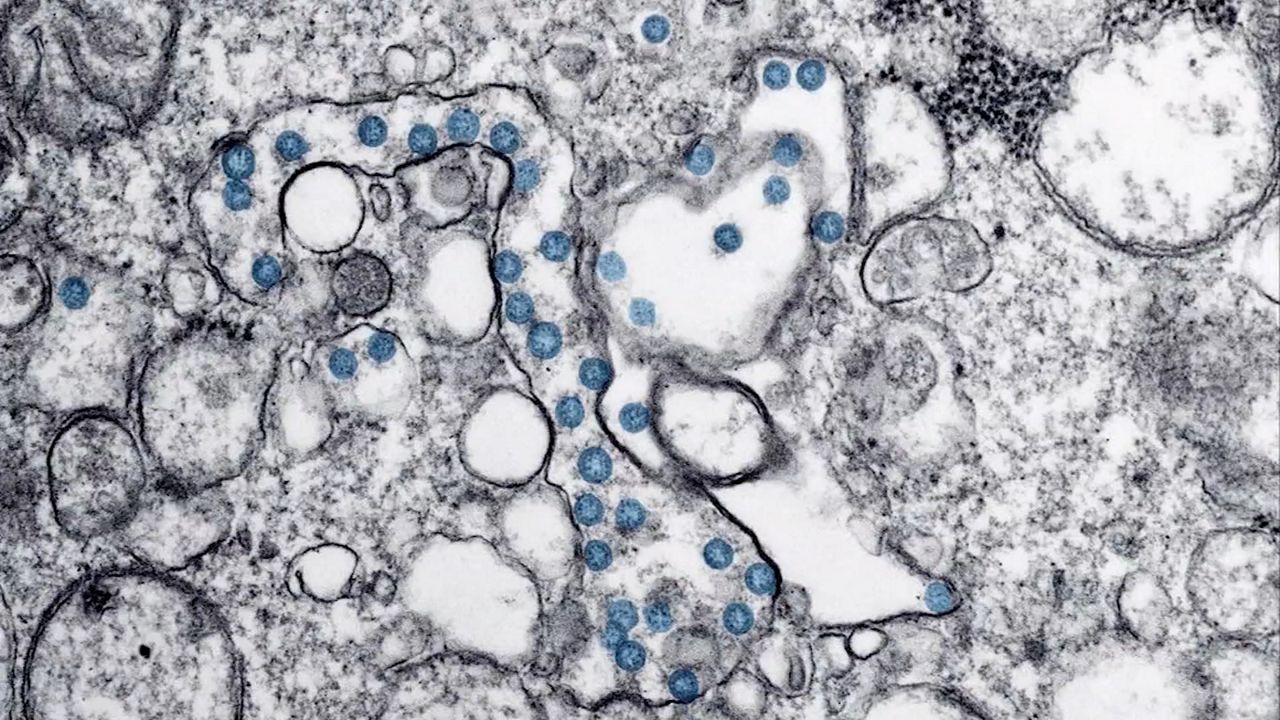About 1 in 4 patients hospitalized for COVID-19 are admitted to the ICU.
In many of the most severe cases, patients develop ARDS or Acute Respiratory Distress Syndrome - an inflammatory reaction to the virus - where fluid fills the lungs, preventing oxygen from getting to the brain and other crucial organs. A ventilator is what keeps these patients alive.
Unlike the typical 2-3 days ICU patients are kept on ventilators, COVID-19 patients are needing two or more weeks on the machines. Although ventilators do not cure COVID-19, they are a critical tool that takes over breathing so the body has time to build up defenses to fight against the virus. The ventilator works to maintain a balance between the oxygen entering the body, and the carbon dioxide leaving the body, with several different modes of operation that can be tailored to meet each patients’ need.
While a patient is connected to a ventilator, they can no longer eat or speak and may be given additional medication like sedatives, to help ease the discomfort. They are monitored by medical professionals.
Ventilators are critical for the survival of COVID-19 patients being treated in the ICU, which is why doctors are crying out for more. With a shortage around the country, some are trying to figure out ways to use one ventilator for two patients, to free up more machines for those with COVID-19.
For more information on COVID-19 and what to do if you feel sick, visit CDC.gov.









